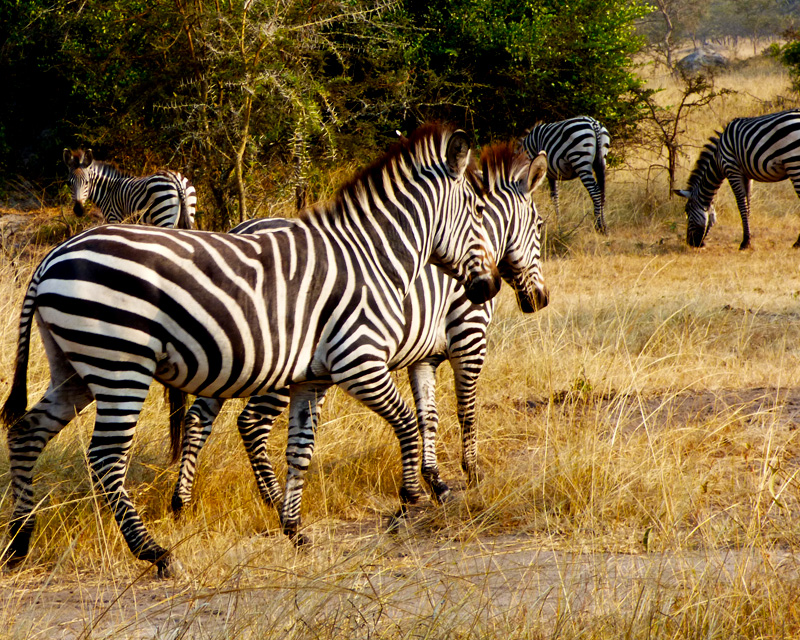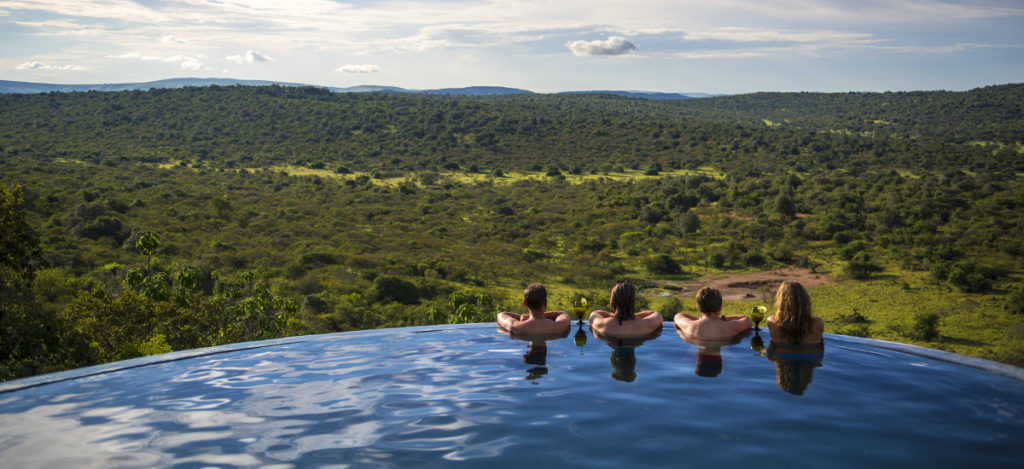Lake Mburo National Park is Uganda’s Smallest Savanna Park. With an area of approximately 260 sq. km (100 sq. Miles) the park’s mosaic habitat, dry hillside, rocky outcrops, bushes thickets, open and wooded savanna forests, lakes and swamps make it a very diverse park to visit.
The park is home to several species of mammals; Zebras, Impala, Buffaloes, and birds. comprising bill storks that are found nowhere else in the country. Its sculptured landscape with rolling grassy hills and idyllic lake shore has a varied mosaic of habitats forest galleries, seasonal and permanent swamps and rich acacia wood valleys which all support a wealth of wildlife. With our Uganda safaris and tours, you are able to see more of these attractions.
Weather & climate of Lake Mburo National Park
Lake Mburo National Park lies in a rain shadow between Lake Victoria and the Rwenzori Mountains and receives an average of 800 mm of rain a year. Being near the equator, the rainfall pattern is bimodal, with the long rains occurring from March to June and the short rains from September to December. The rains are rather erratic and unpredictable, but most rain tends to fall in April and November.
Best time to visit Lake Mburo National Park
The best time to visit the park is actually the beginning of the rainy season in March or September. The average recorded temperature is 26° C with daily variations ranging from 14° C to 32° C. July and August are the hottest months, but December and January can also be very hot.
In the evenings or on a rainy day it can get quite chilly no matter which time of the year it is and on a sunny day, it will always be hot and feel even hotter in the rainy season because of the increased humidity. Generally, Lake Mburo National Park has nearly the perfect climate with warm, but not over hot days and slightly colder nights.
Things to see & do in Lake Mburo NP
- Game Drives
- Walking Safaris.
- Cycling Safaris.
- Birding.
- Boat Trips.
- Spot fishing.



